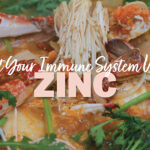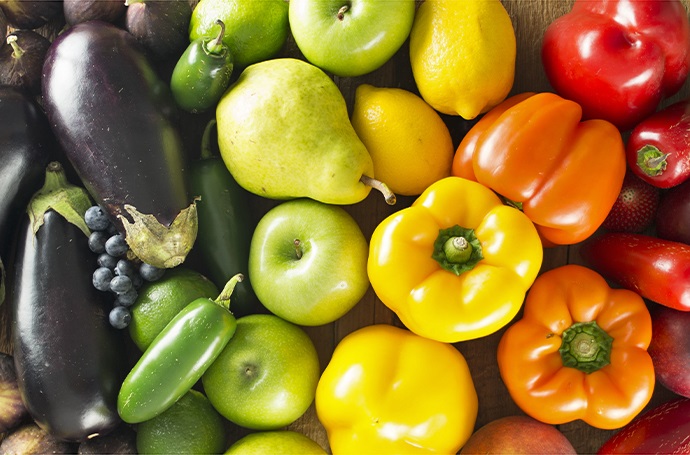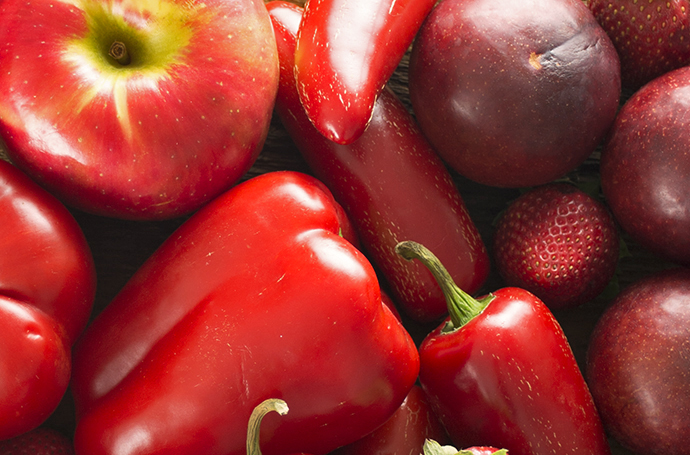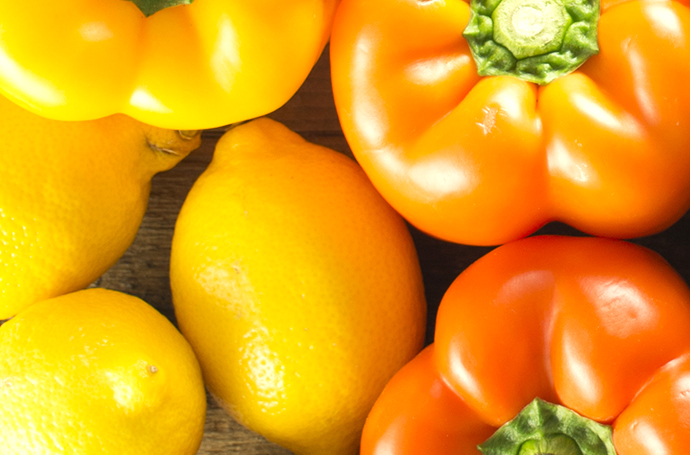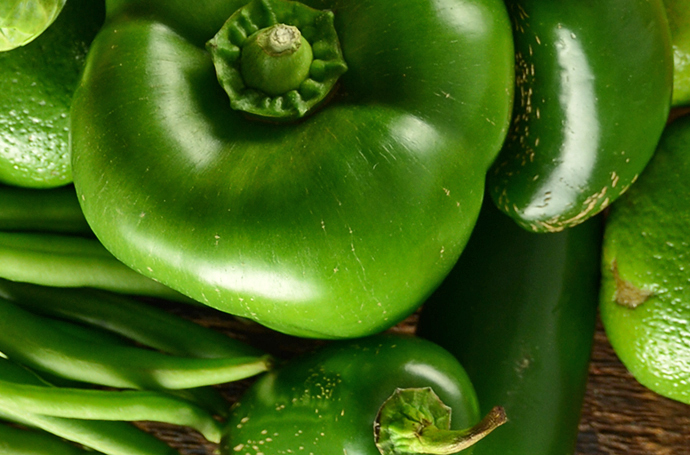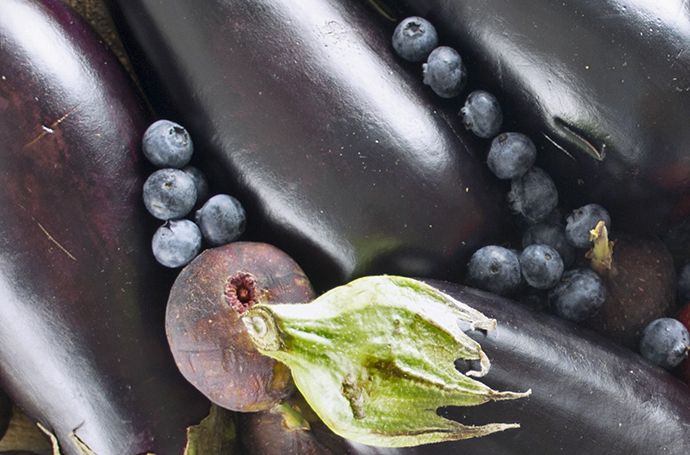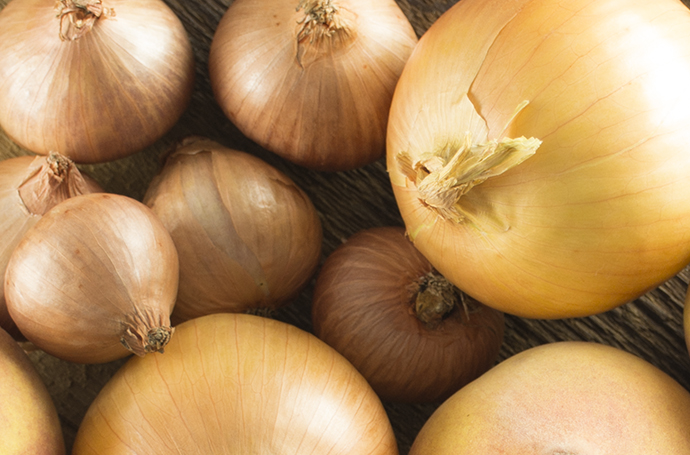To help our students form healthy eating patterns, we tell them, “Eat your colors.” But what does that mean, and why does it matter?
First off, eating your colors means you’re loading up on your daily recommended amount of fruits and veggies. That means you’re getting water for hydration, as well as soluble and insoluble fiber for digestive health and cholesterol regulation. It also means you’re getting a wide range of vitamins, minerals, and phytochemicals that keep you healthy. The more colors, the more nutrients, and the more benefits—it’s really that simple!
Just what does each color do for you? Use this chart as a guide.
Here are some quick tips for getting more fruits and veggies in your diet and reaching that 10-a-day produce goal!
- Keep fruit and veggies in view and within reach—hand fruit on the counter, dried fruit in your desk drawer, veggies on the top shelf of the fridge.
- Prep in advance so you can just grab your produce and go. It doesn’t take much to make whole foods as convenient as convenience foods—just wash and chop, then store in clear containers.
- Challenge yourself to create plant-based meals with meat as a garnish or a side—or absent altogether.
- Pick something new to you from the produce aisle. Learn what it is and how to prepare it, then use it in a dish.
- Substitute veggies for other ingredients. Parsnips are a great substitute for white potatoes, and finely chopped cauliflower for rice. Spiralized beets, zucchini, and squash replace pasta beautifully. And shredded Brussels sprouts or cabbage make great hashes!
